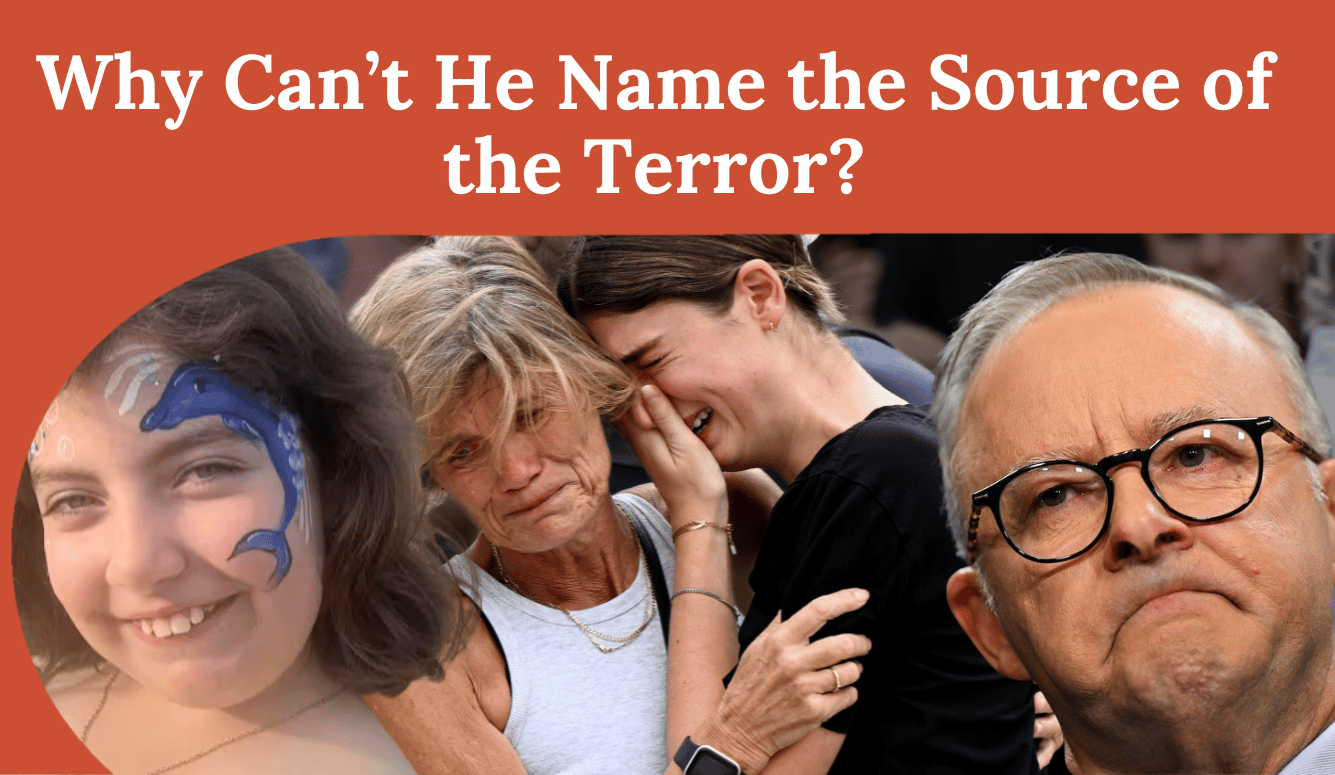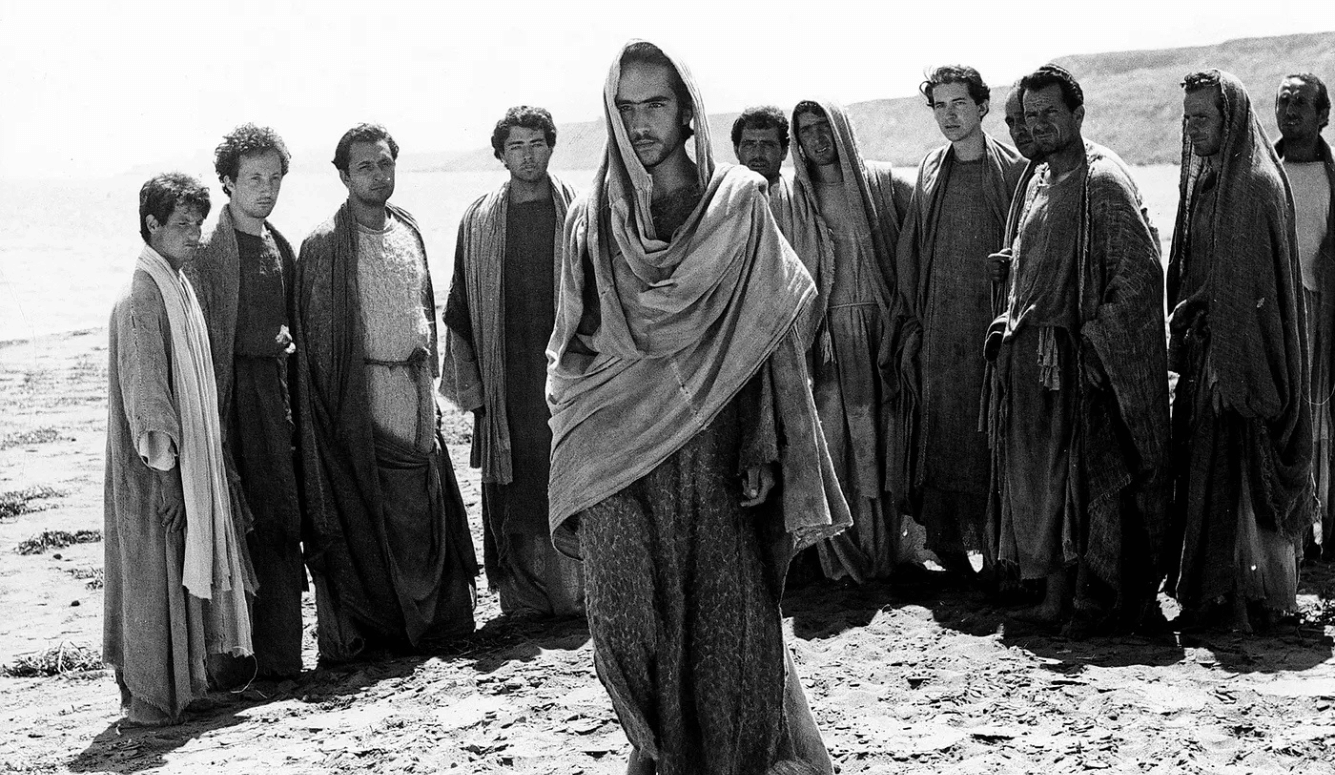film
Brave New Marvel
Despite serious flaws, ‘Captain America: Brave New World’ is much better than Marvel’s recent offerings. Perhaps the franchise may have turned the corner.
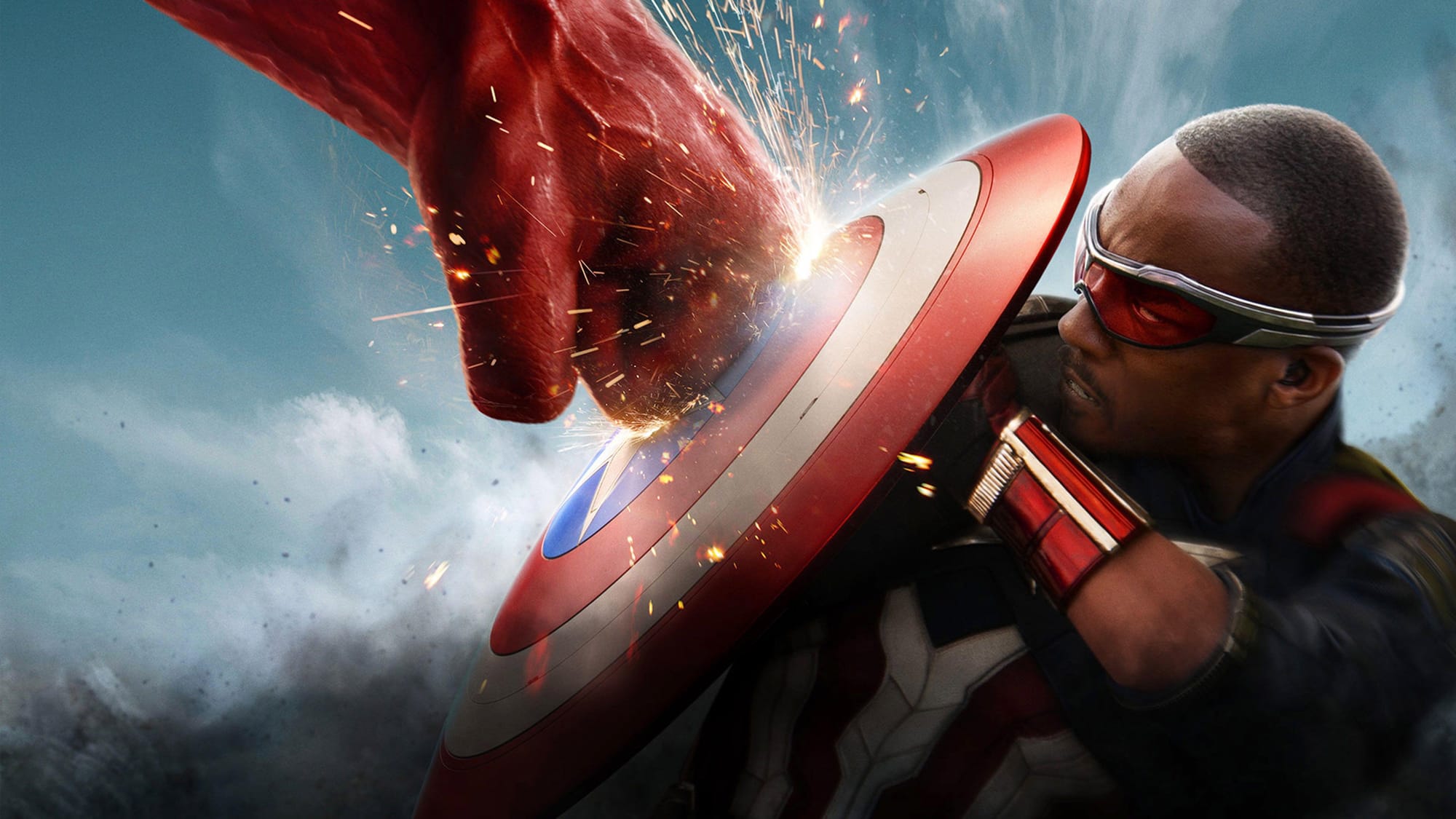
Early this year, Marvel returned to our cinemas with the first film in the franchise’s cinematic universe after a year-long hiatus. Captain America: Brave New World isn’t a perfect film, but it’s a hell of a lot better than Marvel’s recent offerings. It may signal the Marvel Cinematic Universe’s first step towards regaining its former glory.
At their best, Marvel films aren’t Shakespeare, but they are good action movies—even if they feature men who fly around in metal suits, dress like cats, and talk to ants. The Marvel Cinematic Universe often takes the cartoonish superheroes you loved as a kid and translates them into the real world in a way that isn’t laughable. Marvel makes superheroes into real people engaged with serious problems—not just people dashing about in tights shouting corny catchphrases and battling villains who laugh maniacally while giving speeches about their evil plans for world domination.
Ant-Man is about an ex-con who seeks to redeem himself by helping a scientist and his daughter steal a dangerous high-tech weapon from the scientist’s rogue protégé. The plot is straight out of a classic heist film—even though the ex-con wears a suit that lets him shrink to the size of an insect and employs a sonic gizmo to talk to ants. Aside from those details, it could be the plot of a Mission Impossible film. This is typical of the franchise at its best: rather than creating your typical superhero film—something like Richard Donner’s Superman or Tim Burton’s Batman, both of which are awash in comic-book camp—it makes action movies that just happen to involve superheroes.
That’s what Captain America Brave New World is: an action movie with superheroes. The new Captain America, Sam Wilson, played by Anthony Mackie, is at a party at the White House when one of his friends mysteriously tries to assassinate the President while in a fugue state. The President—former US General Thaddeus “Thunderbolt” Ross, played by Harrison Ford—is an old foe of Wilson’s and orders him to stay out of the resulting investigation. The ensuing political firestorm derails the President’s attempts to get an international treaty signed. Meanwhile Wilson is, of course, determined to prove his friend’s innocence. This could be the plot of a James Bond movie: a political assassination, a deadly conspiracy, and a hero who is forced to go rogue to save the day. The protagonist wears a star-spangled suit, is armed with an indestructible shield, and flies around in a winged jetpack—but those are just details. At its core, the film is a classic action movie.
The “Brave New World” of the film’s title, though, draws attention to a serious flaw in the franchise’s storytelling. In Avengers Endgame, the climax of almost twenty years of Marvel films, half of the Earth’s population—along with half of the population of the rest of the universe—is first wiped out of existence and then brought back five years later in an event unfortunately called “the Blip.” You see snippets of the consequences in Endgame. Freight ships lie idle on the Hudson River, abandoned and uncrewed. Garbage piles up on the streets of San Francisco. Maybe there weren’t enough people to collect it, or maybe no one had the will to clean up their rubbish after seeing half of their friends and family fade into dust. Surely, that crushing sense of despair would also have stopped people from teaching their students, running their media empires, or waging war? This was fertile soil for stories—but it was left untouched.
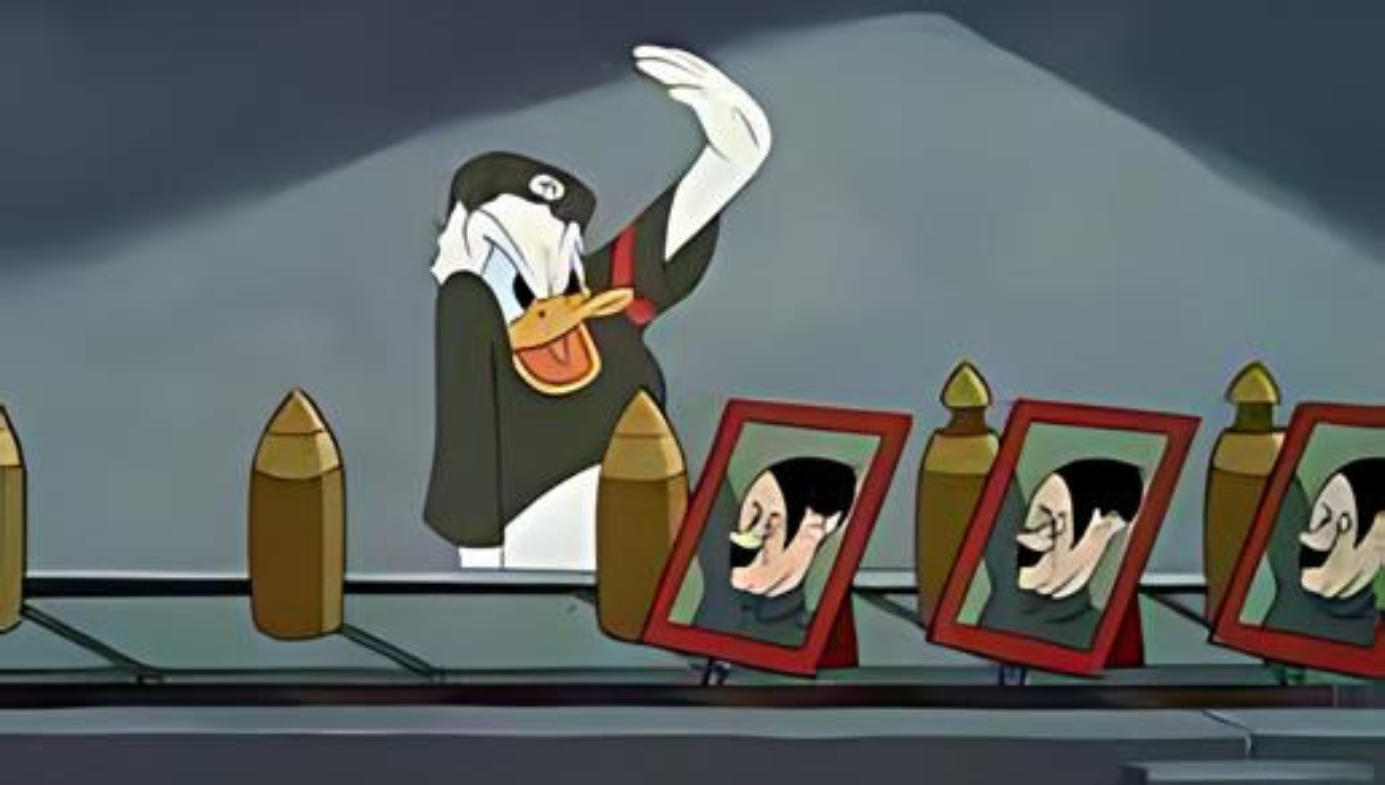
In the eleven films Marvel’s made since Endgame, there are only vague allusions to people displaced by the vanishing and reappearing populations. The Blip’s ramifications for politics, economics, and culture never even form a clearly discernible backdrop to the films’ plots, let alone providing central plot points. This was a missed opportunity. Imagine how the Blip might have affected just one real-life scenario: the Israel–Palestine conflict. Half of all Israelis and Palestinians disappear. The survivors then decide that their feud is pointless in the face of this Doomsday-level event, lay down their arms, and make peace. Then, five years later, an Israeli settler comes back to find that his home has been given to the Palestinians and a Hamas jihadist returns to find that all his comrades have given up the fight. What happens then? What do that settler and that jihadist do? What do the rest of us do? There is a huge reservoir of dramatic potential here that remains untapped.
Brave New World’s creative team, led by director Julius Onah, have continued this disappointing and stubborn refusal to use the material in front of them. In the latest film, Ross wins office by promising that his administration will mark a new period in which the American people and the world will deal with the problems created by the Blip together. His slogan—“Together”—is printed in giant letters on a billboard behind him at a rally, but the film never clarifies how or to what end Ross hopes to unite people. His “Together” remains as empty as any real-life politician’s slogan.
The film’s makers do try to inject some substance into the slogan at one point. At the party mentioned above, at which he’s later almost assassinated, Ross announces that a powerful new metal has been discovered, adamantium, and that his treaty will ensure that this miracle metal, rather than becoming a source of international power struggles, will be used for the good of all mankind. Adamantium is the metal that, elsewhere in the Marvel universe, gives the superhero Wolverine an indestructible skeleton and claws that can slice through anything. That’s a useful metal—but you wouldn’t know it from listening to Ross’s speech. There are no indications of the devastation adamantium might unleash in the wrong hands. Ross fails to convince the audience that this rock is worth going to war for. The term “adamantium” remains just a bit of technobabble. Despite its title, the film doesn’t grapple with the “Brave New World” in which Marvel’s characters are now living.
The last three Captain America films (First Avenger, Winter Soldier, and Civil War) chart a journey away from simplistic moral and political certainties. First Avenger has the moral clarity of an old pulp novel. Captain America—played here by Chris Evans—fights for the Allies in World War II alongside a plucky band of Howling Commandos and a beautiful British spy. Together, they fight for freedom and democracy against a villainous Nazi scientist so blatantly evil that his face is a flaming red skull and his plan is simply to blow up the world. Things get more complicated in Winter Soldier, when Captain America travels forward in time to our post-9/11 world. He learns that SHIELD, the spy organisation his allies founded to keep the world safe after World II, is planning to neutralise threats “before they even happen.” “I thought the punishment came after the crime,” comments the Captain. “What if Pakistan marched into Mumbai tomorrow,” SHIELD’s leader asks his colleagues, “and you knew that they were going to drag your daughters into a soccer stadium for execution, and you could just stop it with the flick of a switch. Would you?” This descent into ambiguity reaches its climax in Civil War, in which the superheroes are forced to either become government agents or retire. In that film, even the heroes themselves take different sides and fight against each other and it’s not always clear who is wrong and who is right.
Where could Brave New World go after this? The only way left to go: up. The film makes some attempts to rebuild a sense of moral clarity through the character of Ross. In the previous Marvel films, Ross is the incarnation of everything that’s wrong about America: he is a militaristic, pig-headed asshole who treated superheroes like nukes on legs to be locked up at best and put down at worst. But now, Ross tells Wilson, he’s trying to be a better person. Can he really change, and thus prove that Americans can once again be the clear-cut heroes they were in WWII and not the more morally questionable characters they were in Vietnam, Afghanistan, and Guantanamo Bay? Had Ross been the protagonist, Captain America would have been a better film. But Ross’s internal conflict, as he veers between relapses into his old destructive behaviour and attempts to forge a better path forward, is sidelined for the sake of seeing the titular character kick bad guys’ butts. Likewise, Ross’s effort to conclude his diplomatic treaty, with all the nitty gritty of negotiations that involves, is glossed over in the same way as the implications of the Blip are glossed over. If Ross really has the capacity to become a better person, we are never shown any evidence of it. The film ends with a climactic fight between Captain America and Ross after Ross has turned into a monster, a red version of the Hulk—but without any sense of the better man Ross could have been, there is nothing at stake and the film ends in mere fisticuffs.
However, whatever other flaws Brave New World has, it’s not silly. It has the gravitas of the Marvel Cinematic Universe at its height, when it commanded the adoration and loyalty of fans. My friends and I cried at the end of Avengers Infinity War, when half the characters we’d spent our teenage years seeing on cinema screens disintegrated before our eyes alongside half the universe’s population. When a man emerged from the cinema after seeing Endgame and began shouting out the ending, he was attacked by fans who were determined to stop him from spoiling the film. This extreme brand loyalty was prefaced on the serious approach Marvel took to superheroes. They were not just cartoon characters—they were also people who could have existed in the real world.
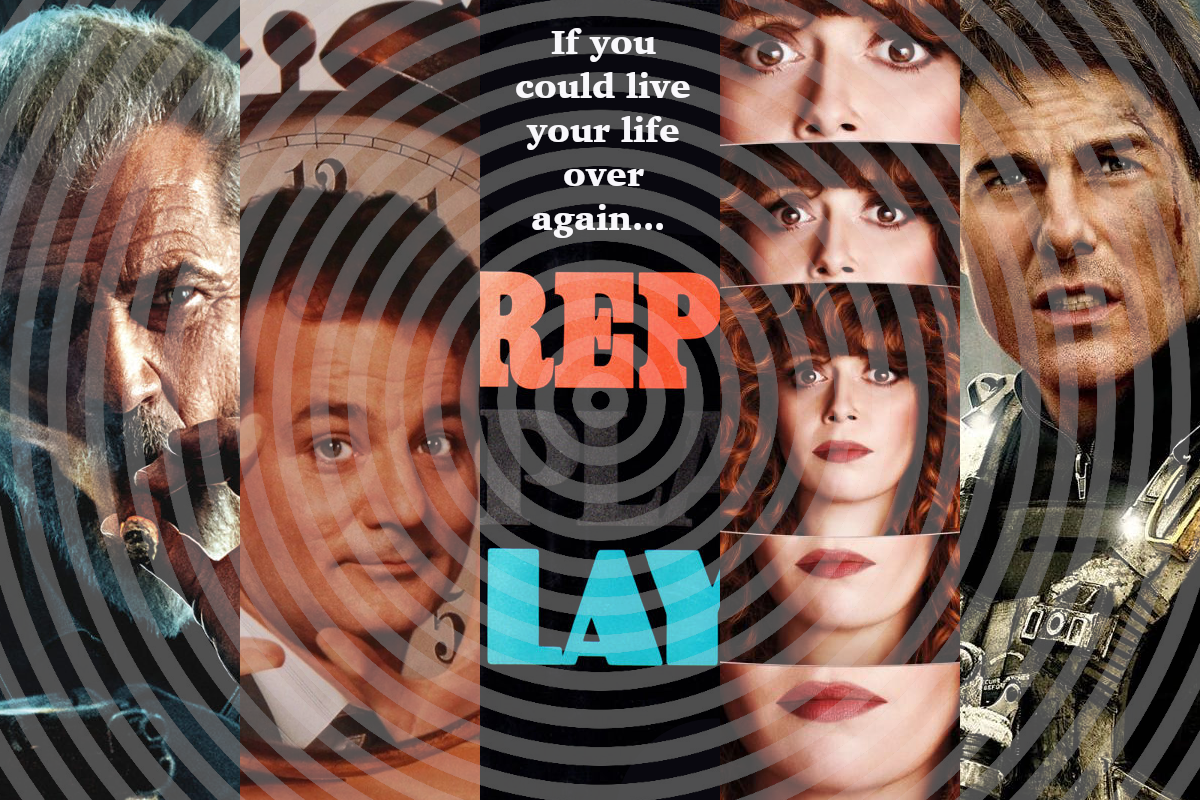
But those in charge of Marvel soon forgot this. From 2019 onwards, the films became more and more cartoonish, culminating in 2022 with Thor: Love and Thunder—possibly the most ridiculous film ever made—in which Thor talks to his magical hammer as if it were a pet dog and gives it a glass of beer, and grants a child the gift of controlling lightning so that she can shoot beams out of her teddy bear’s eyes. Having squandered the goodwill of fans with Thor, Marvel’s subsequent movie, The Marvels, was punished at the box office, where it made around US$200 million—$100 million less than it cost.
Captain America: Brave New World contains no lightning-bolt-firing teddy bears or men with broccoli heads, nor does it feature a giant soul-sucking squid called “the Devourer of Darkness”—to mention just some of the ludicrous characters who’ve populated the Marvel universe post-Endgame. Nor do the characters joke around in the midst of battle. That’s because Captain America is at least trying to be an action movie—and not just another one of the goofball monstrosities Marvel’s been peddling recently. This suggests that perhaps the Marvel Cinematic Universe may not be beyond saving after all. Marvel may be back on form. They’ve got two more films coming out this year—Thunderbolts and The Fantastic Four—two chances to show that they’ve turned the corner. If they have, they might be able to win back their fans’ devotion.


